The release of Mortal Kombat by Midway Games in 1992 completely revolutionized the world of video games. The franchise has consistently stayed relevant and successful, from its debut in arcade cabinets to its adaptation to modern consoles.
Whether it’s the memorable characters or the unforgettable fatalities, there’s no denying that Mortal Kombat has become an iconic and long-lasting video game series.
Over time, the Mortal Kombat franchise has developed and expanded, presenting intricate narratives that encompass various realms and timelines.
If you’ve ever desired to experience all the games in the Mortal Kombat series but were unsure of the process, look no further than Gamerode!
This comprehensive guide will provide you with all the information necessary to play the video game franchise in the correct order, both in terms of release and chronology.
You Might Also Like:
How to play Mortal Kombat in release order
The following list specifically focuses on the Mortal Kombat games. While characters like Scorpion may have made appearances in other video games like Injustice: Gods Among Us, those games are not considered part of the Mortal Kombat series. However, we will discuss guest appearances in more detail later in this guide.
- Mortal Kombat (1992)
- Mortal Kombat 2 (1993)
- Mortal Kombat 3 (1995)
- Ultimate Mortal Kombat 3 (1995)
- Mortal Kombat Trilogy (1996)
- Mortal Kombat 4 (1997)
- Mortal Kombat Mythologies: Sub-Zero (1997)
- Mortal Kombat Gold (1999)
- Mortal Kombat: Special Forces (2000)
- Mortal Kombat Advance (2001)
- Mortal Kombat: Deadly Alliance (2002)
- Mortal Kombat: Tournament Edition (2003)
- Mortal Kombat: Deception (2004)
- Mortal Kombat: Shaolin Monks (2005)
- Mortal Kombat: Unchained (2006)
- Mortal Kombat: Armageddon (2006)
- Mortal Kombat vs. DC Universe (2008)
- Mortal Kombat (2011)
- Mortal Kombat Mobile (2015)
- Mortal Kombat X (2015)
- Mortal Kombat 11 (2019)
- Mortal Kombat: Onslaught (2023)
- Mortal Kombat 1 (2023)
How to play Mortal Kombat in chronological order
Throughout its existence, the Mortal Kombat series has garnered a devoted fan base among gamers worldwide. Since its initial release in 1992, each subsequent installment has managed to surpass its predecessor in terms of excitement and enjoyment.
Whether you’ve overlooked certain entries or simply wish to experience the entire collection of Mortal Kombat games, we’ve got you covered with a comprehensive list of all the titles ever released.
1. Mortal Kombat (1992)

The initial installment of the Mortal Kombat series had a significant impact upon its release. It was an exceptionally violent game, causing enough controversy to prompt congressional hearings and the establishment of the ESRB.
This groundbreaking game not only set a benchmark for upcoming fighting games but also introduced the idea of hidden characters and showcased brutal finishing moves.
The initial installment of Mortal Kombat Games in Order featured a relatively limited roster of characters.
However, it successfully introduced us to the key figures that would later become synonymous with the fighting genre, captivating both gamers and non-gamers. Additionally, it established legendary rivalries such as Sub-Zero and Scorpion.
2. Mortal Kombat 2 (1993)
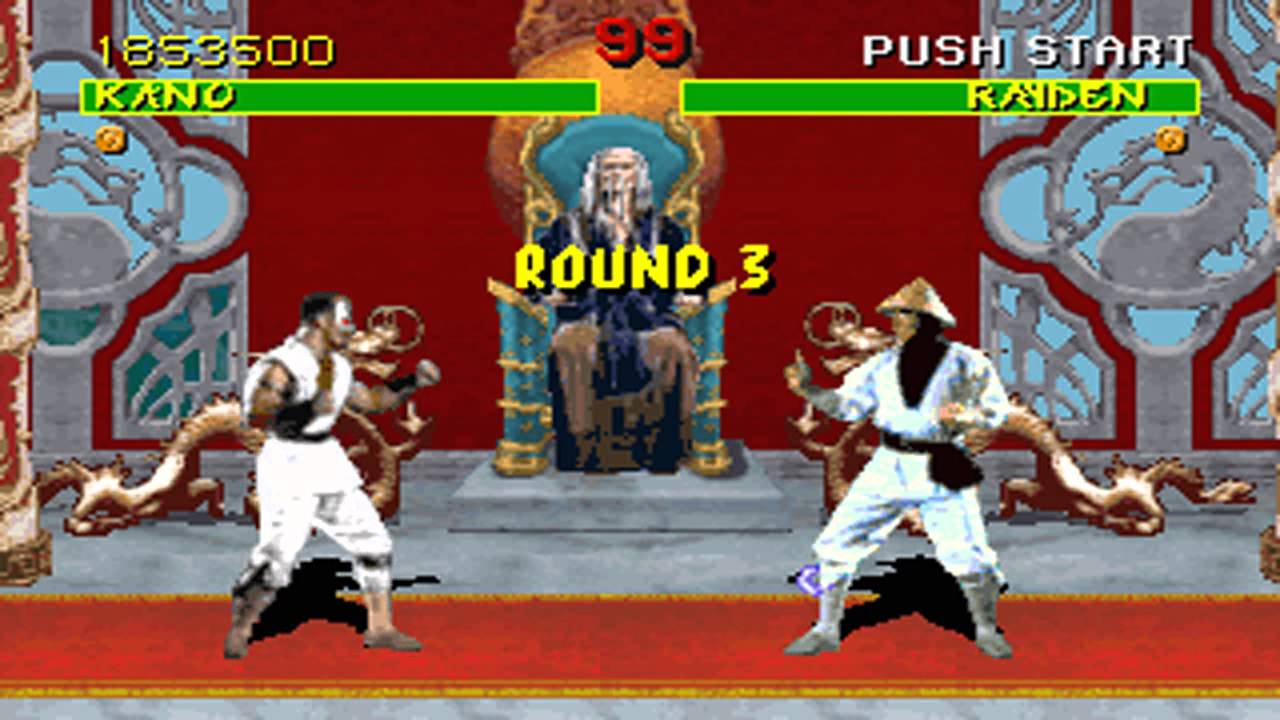
Released one year after the original game, Mortal Kombat 2 improved upon its predecessor by introducing enhanced moves, a more intricate storyline, and the addition of memorable characters.
Notably, this installment marked the debut of iconic fighters such as Kitana, Kung Lao, Mileena, Noob Saibot, and many others.
Following a widely discussed controversy surrounding the graphic and violent nature of the initial game, the successor is fondly recalled by older millennial enthusiasts for its utilization of green blood.
This strategic approach aimed to divert attention from the inherent violence depicted by the characters.
3. Mortal Kombat 3 (1995)
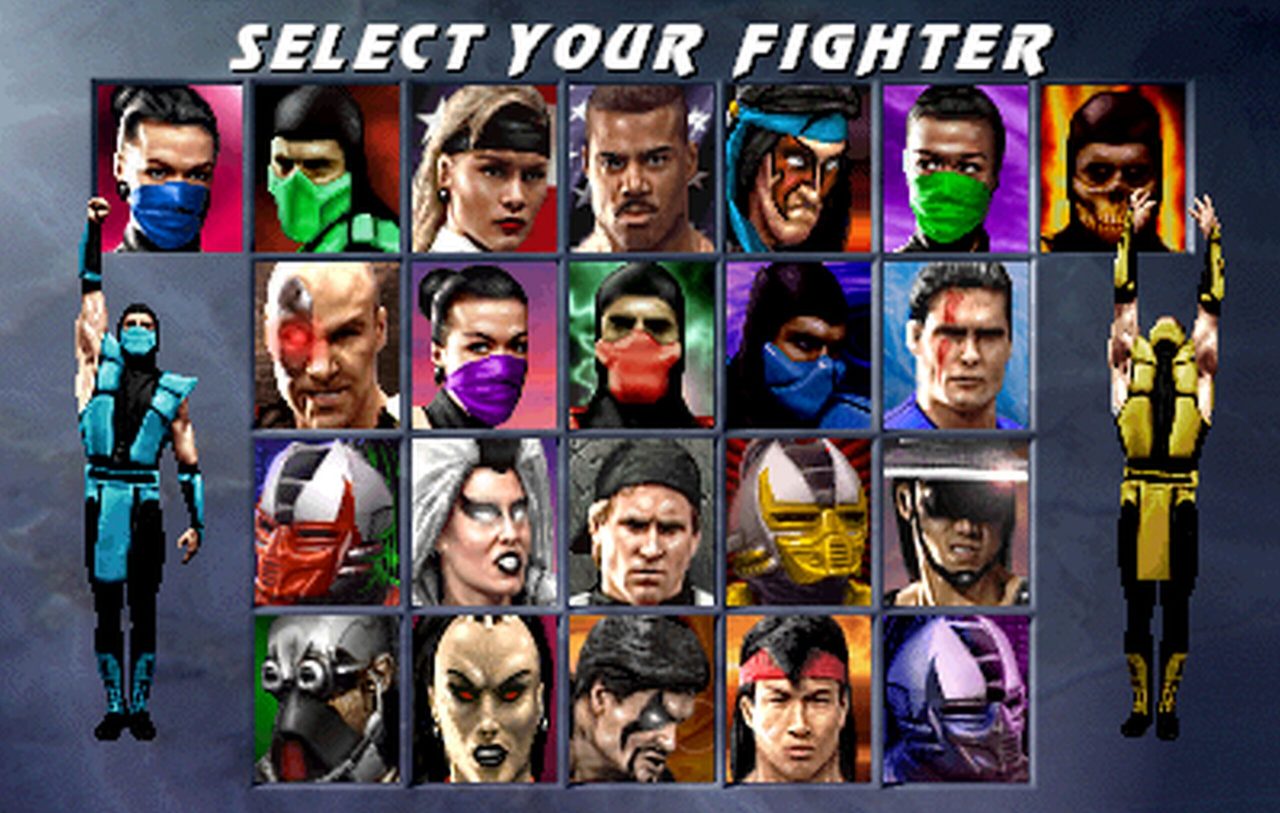
The release of Mortal Kombat 3 brought along various exciting additions, including the introduction of Kombat Kode. This feature allowed players to enter secret codes that would alter the game and unlock hidden characters like Smoke.
By incorporating this legacy from the first Mortal Kombat game with Reptile, it encouraged players to personalize their gaming experience and make it more distinct.
In this installment, the characters in Mortal Kombat games had a new ability to launch their opponents through the ceiling, taking the fights to different levels and increasing the diversity of the arenas and intensity of the violence.
Additionally, a fresh fatality was introduced known as Animality, which involved characters transforming into animals before ruthlessly eliminating their adversaries.
4. Ultimate Mortal Kombat 3 (1995)
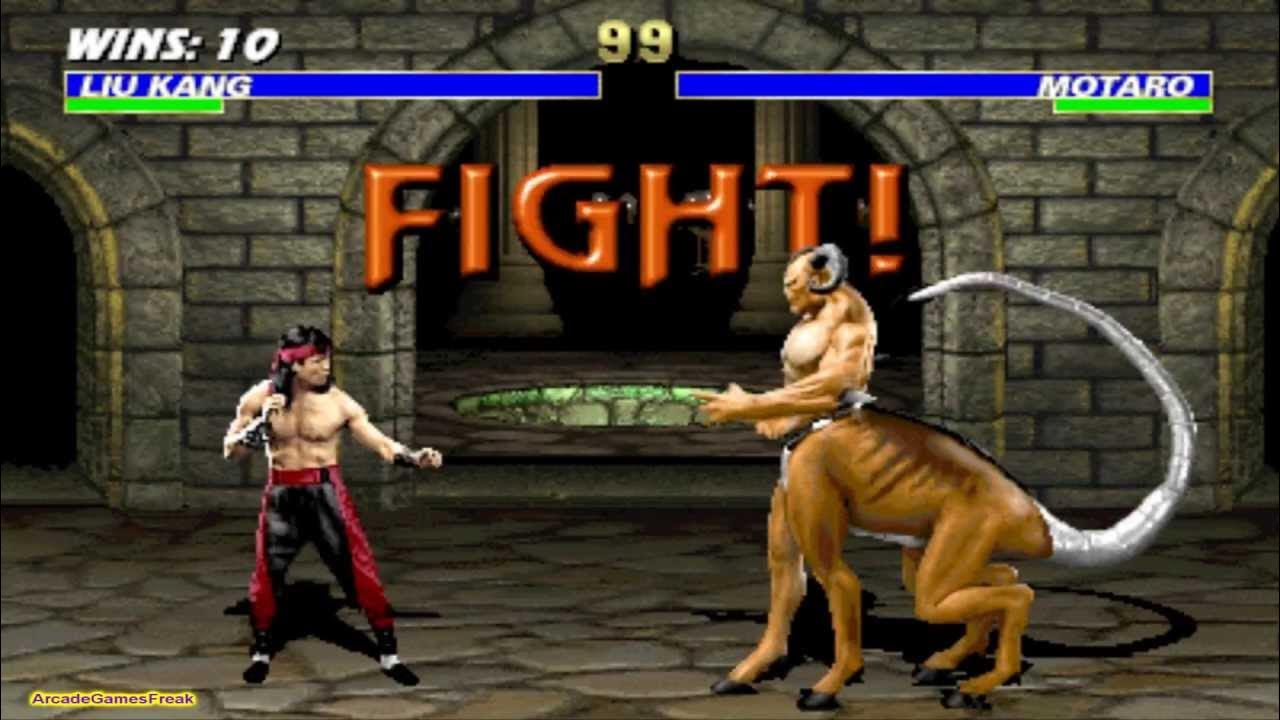
The game Ultimate Mortal Kombat 3 was initially created as an expansion to the previous Mortal Kombat game for arcade machines. However, it later became available for home consoles as well.
One of the notable features it brought was the ability to engage in two-on-two team fights and participate in an eight-player tournament mode. Additionally, this game marked the introduction of two new characters, namely Ermac
The release of this particular game marked the beginning of a pattern where Mortal Kombat games would receive updates and re-releases in years when new games in the series were not planned.
Fortunately, the developers consistently introduced sufficient new content to prevent these games from feeling like mere rehashed versions of old games.
5. Mortal Kombat Trilogy (1996)

Mortal Kombat Trilogy was a subsequent update to the third installment, Ultimate Mortal Kombat 3. This game reintroduced various stages and characters from the earlier games in the series.
Additionally, it introduced a new gameplay feature known as the Aggressor Bar, which fills up as you engage in combat. When the bar is filled, it grants increased movement speed and enhanced attack damage.
In the game Mortal Kombat Trilogy, a fresh and exciting functionality known as Brutality was added, allowing players to make their opponents explode. This new feature quickly became a beloved and essential part of the Mortal Kombat series.
6. Mortal Kombat Mythologies: Sub-Zero (1997)
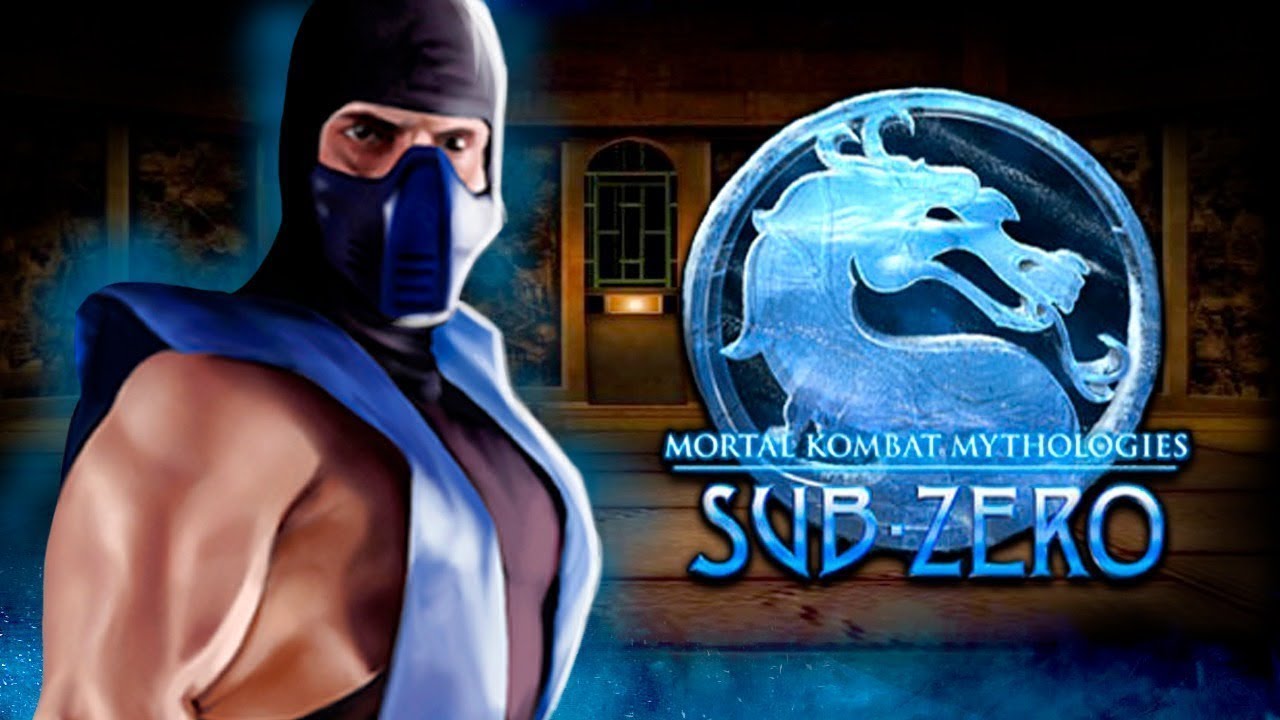
The game Mortal Kombat Mythologies: Sub-Zero is a prequel to the entire Mortal Kombat series and the first spin-off. In this game, players assume the role of the original Sub-Zero Bi-Han as they embark on a mission to locate an amulet for the sorcerer Quan Chi.
This action-adventure game incorporates side-scrolling gameplay and was the first in the series to incorporate cinematic cutscenes to narrate the story.
Despite its inclusion in Mortal Kombat 11 and subsequent references, this particular game did not receive a positive reception and tends to be disregarded.
The original intention was to create additional Mythologies games that revolved around different prominent characters, allowing players to experience an adventure-style game with each character. However, this plan was never realized.
7. Mortal Kombat 4 (1997)
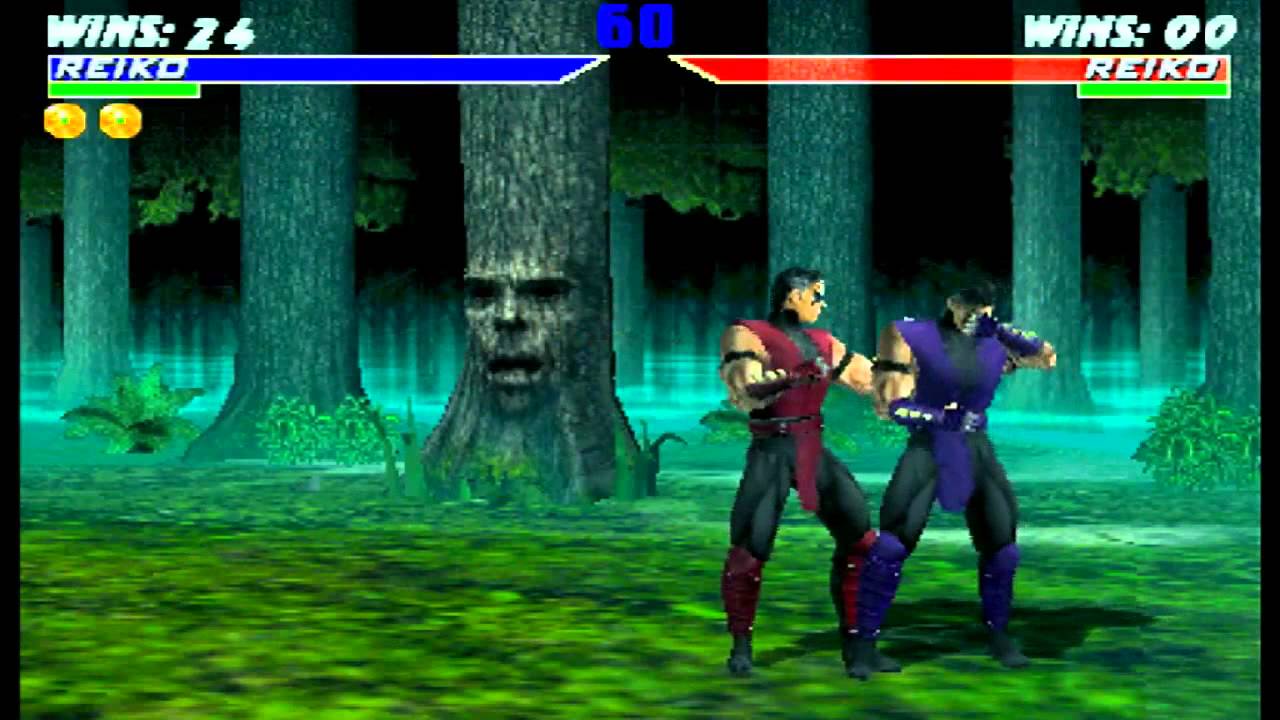
Long-time fans of Mortal Kombat Games in Order will remember Mortal Kombat 4 as the final arcade game in the series before it transitioned to home consoles only. This installment introduced a unique feature of incorporating weapons and objects that characters could utilize during fights.
As a result, each fighter had a wider range of moves and the violence in the game was amplified. Additionally, Shinnok, who previously appeared as the final boss, became a playable boss in this title. The game also introduced underrated fighters such as Jarek and Meat.
8. Mortal Kombat Gold (1999)
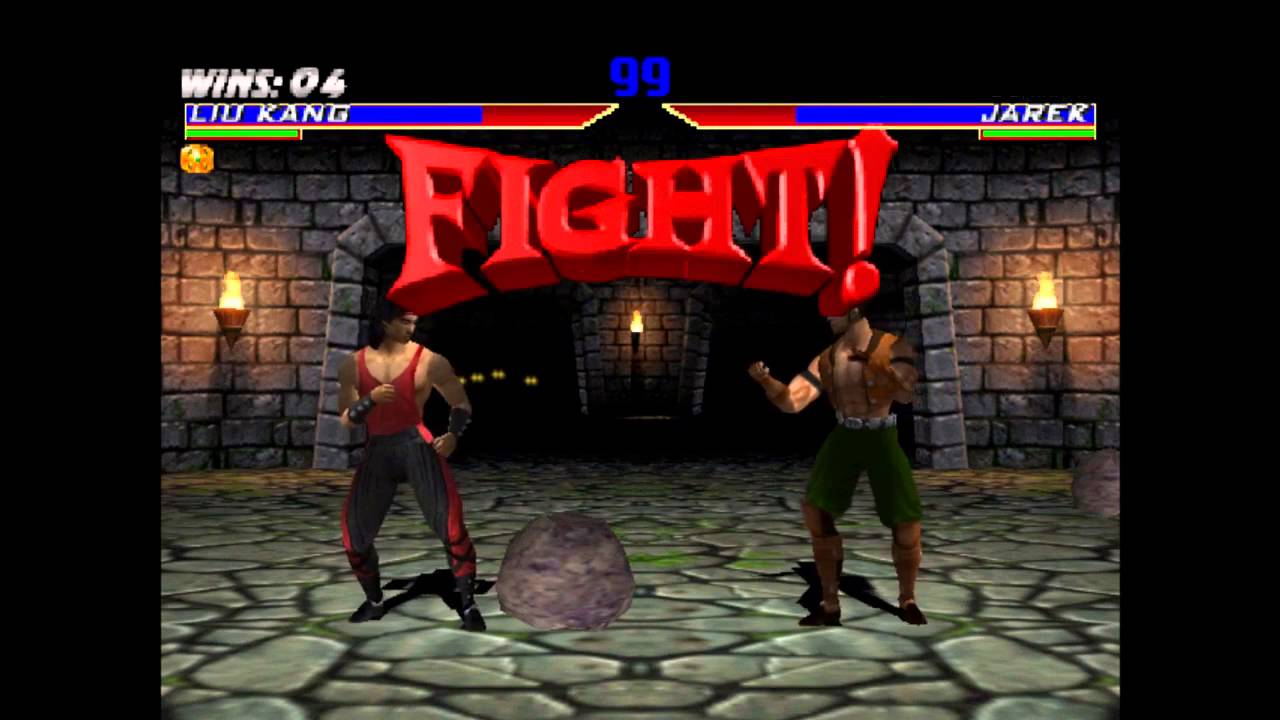
Mortal Kombat Gold was a revision of MK4 and marked the first time a Mortal Kombat game was not released in arcades. This installment introduced fresh arenas and reintroduced fan-favorite characters such as Kitana, Baraka, and Mileena.
However, it received negative feedback in comparison to the highly acclaimed Soulcalibur, which also debuted in the same year.
The game showcased well-known characters from previous Mortal Kombat games, specifically Mortal Kombat 4 and earlier titles. However, it also included a hidden character that was highly popular among fans, and that character was Sektor.
While the developers intended to introduce a new character named Belokk in Mortal Kombat Gold, they were unable to complete him, so he never officially joined the series and only exists in the Mortal Kombat lore.
9. Mortal Kombat: Special Forces (2000)
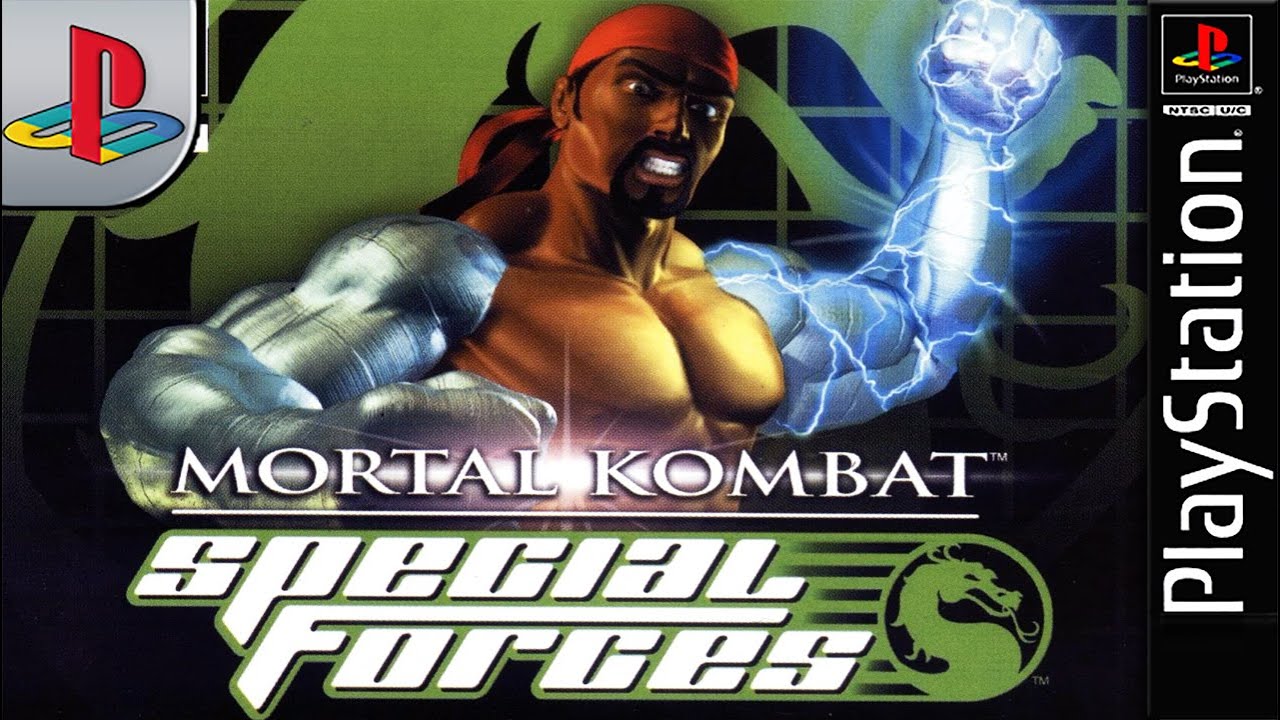
The second spin-off in the Mortal Kombat series focuses on the character Jax and serves as a prequel that explores Sub-Zero’s story. Jax is on a mission to seek revenge against Kano and the Black Dragon Clan for the murder of his comrades.
Alongside his revenge, Jax is determined to prevent them from obtaining the Eye of Chitian, a valuable artifact capable of opening portals to different realms.
In this game, called Special Forces, fans are introduced to Tremor, a character who may not be widely known but is highly beloved.
Whenever Tremor makes an appearance in the series, dedicated fans are both thrilled and critical of any changes made to the character.
10. Mortal Kombat Advance (2001)
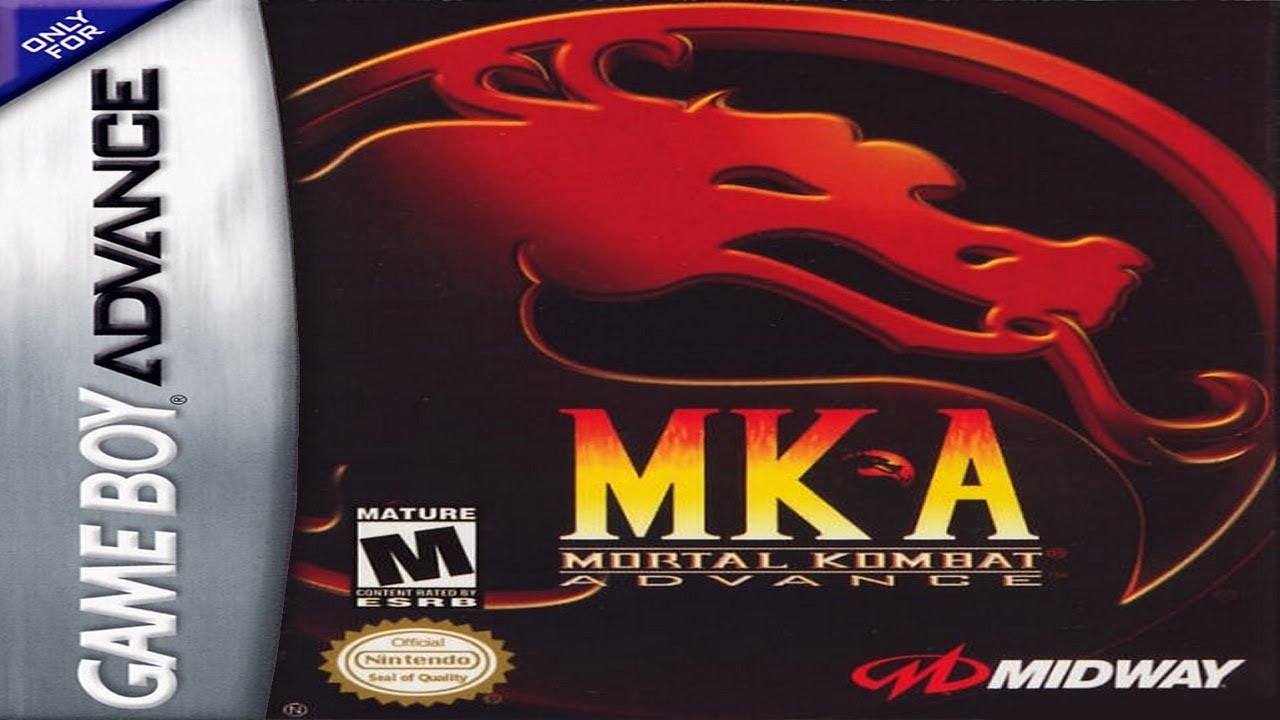
The Game Boy Advance version of Ultimate Mortal Kombat 3 was adapted to make it more accessible for a younger audience, with simpler controls and less graphic violence. Despite these changes, the game still retained its Mature rating.
Surprisingly, when the developers of the game tried to make it less offensive to appeal to a wider audience, they ended up losing the unique appeal that made it popular.
Although Mortal Kombat Advance did include secret characters such as Human Smoke and Shao Khan, it lacked any new features that would have made it a memorable game.
11. Mortal Kombat: Deadly Alliance (2002)

In the chronological order of Mortal Kombat games, the fifth installment, Deadly Alliance, brought significant changes to the fighting mechanics. It introduced distinct fighting styles for each character, making them feel more individualized and less similar to one another.
Additionally, the game introduced Konquest mode, which served as a tutorial for each character and provided further expansion to the game’s story.
Secrets and unlockables could be obtained in the Krypt, offering players the motivation to accumulate Koins and providing them with a new area to explore. Furthermore, Deadly Alliance also introduced new characters such as Frost, Blaze, and others.
12. Mortal Kombat: Tournament Edition (2003)

The Game Boy Advance version of Deadly Alliance was adapted to include new features such as Survival, Tag Team, and Practice modes. This installment also introduced weapon fatalities and marked the debut of 3D-style gameplay in Mortal Kombat games for the GBA.
This particular release garnered more popularity compared to MK Advance, as it successfully captured the essence of a genuine Mortal Kombat game.
In addition to introducing new modes and mechanics, Tournament also incorporated some familiar characters such as Noob and Sareena, intertwining their narratives into the overall storyline of Deadly Alliance.
13. Mortal Kombat: Deception (2004)

The game Deception was the pioneer in incorporating open-world exploration in its Konquest Mode, giving players the feeling of experiencing two games in a single package. Additionally, Deception was the first Mortal Kombat game to introduce the Combo Breaker mechanic during fights.
There were additional mini-games featured in Mortal Kombat games, such as Chess Kombat and Puzzle Kombat. These mini-games provided players with even more variety, especially when playing with a friend.
The inclusion of new characters like The Dragon King Onaga, Shujinko, and Havik helped expand the roster, which had previously only introduced a limited number of characters in previous games.
14. Mortal Kombat: Shaolin Monks (2005)
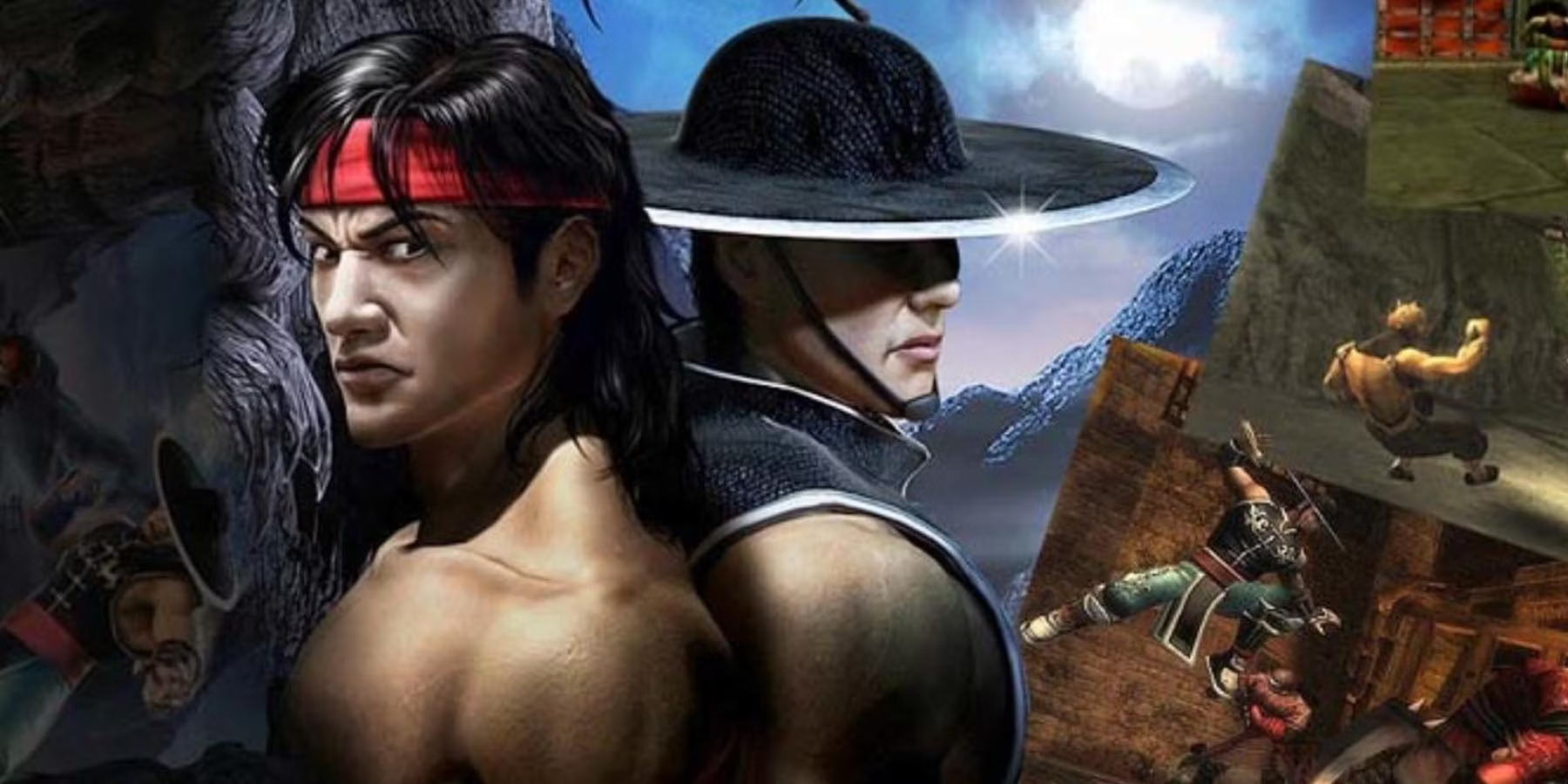
Mortal Kombat: Shaolin Monks is the most recent spin-off in the Mortal Kombat game series. The game revolves around the characters Liu Kang and Kung Lao who join forces to prevent Shang Tsung from taking over Earthrealm.
One unique aspect of the game is its co-op campaign and versus mode, allowing two players to either fight together or against each other. This feature sets Shaolin Monks apart from other spin-offs in the series.
Unlike previous games, Shaolin Monks does not focus on backstory or past events. Instead, it retells the events of Mortal Kombat 2 from the perspective of Liu Kang and Kung Lao.
15. Mortal Kombat: Armageddon (2006)

In the seventh installment of the Mortal Kombat series, the developers included a wide range of characters from the previous games. They also introduced a unique feature called “Kreate A Fighter” which allowed players to create their own hero character.
Additionally, players had the ability to create their own Fatalities. These new customization options brought a fresh and exciting element to Mortal Kombat, appealing to both existing fans and attracting new ones.
In Armeggedon, a new minigame called Motor Kombat was introduced, which had gameplay similar to that of Mario Kart. However, this was the last time where minigames not following the Test Your Might style were attempted.
Additionally, Armeggedon was the first Mortal Kombat game to have a storyline focused on altering historical events.
16. Mortal Kombat: Unchained (2006)

Mortal Kombat: Unchained was released as a version of Armageddon specifically designed for the PlayStation Portable. This game introduced four new characters – Frost, Blaze, Jax, and Kitana – who were not present in the original Armageddon release.
Additionally, Unchained included an exciting Endurance Mode where players could battle against countless waves of enemies, reminiscent of the challenging Arcade Towers mode where you continue playing until you
Similar to MK Advance and Tournament Edition for Game Boy, Unchained was developed to bring the Mortal Kombat experience to handheld gaming devices.
However, unlike the previous Game Boy versions, Unchained for PSP offered enhanced graphics and game modes, making it a compelling choice for wireless gaming on the go.
17. Ultimate Mortal Kombat (2007)
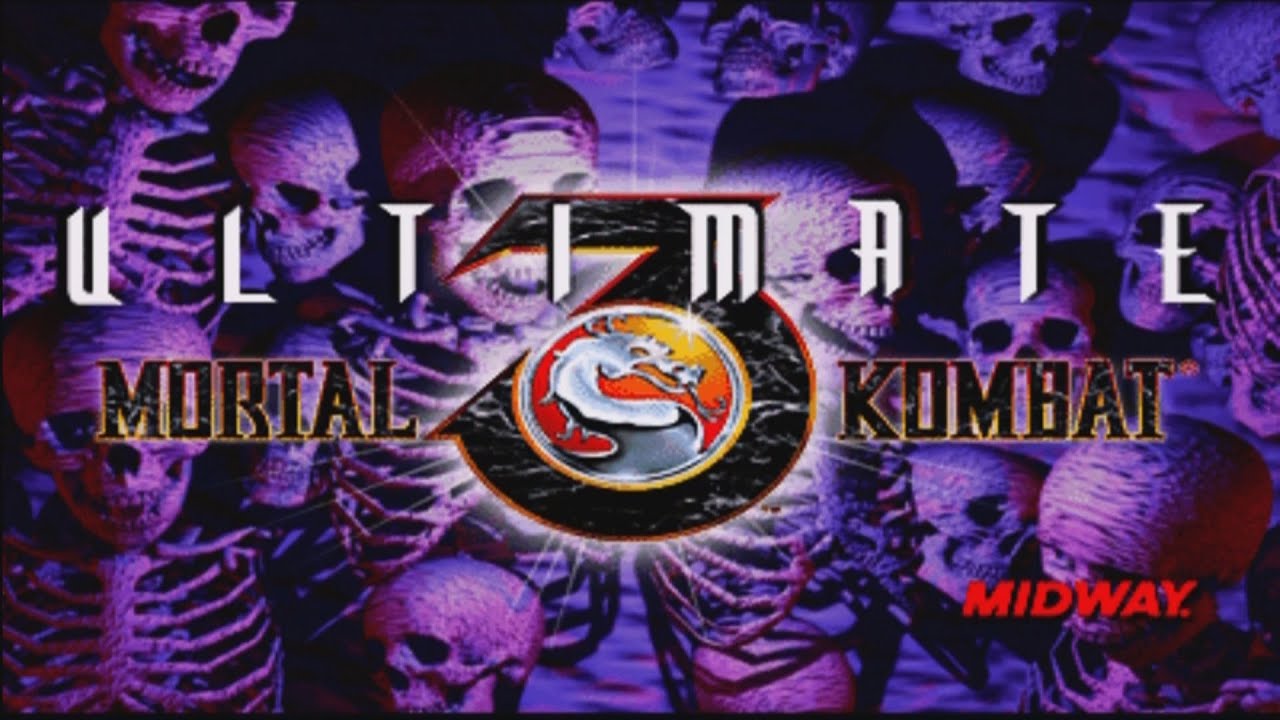
Mortal Kombat 3 was released for the Nintendo DS under the title “Ultimate Mortal Kombat.” This version offered some exciting features, such as the opportunity to unlock Ermac, Mileena, and Classic Sub-Zero permanently.
This aspect made it highly sought after as a port. Additionally, the game included the Puzzle Kombat minigame from Deception, providing players with extra incentive to get their hands on this version for their DS console.
When it comes to porting older arcade games, the Mortal Kombat series is widely regarded as having one of the best ports. This particular port of MK3 successfully brought the game from the ’90s into the more recent era.
18. Mortal Kombat Vs DC Universe (2008)
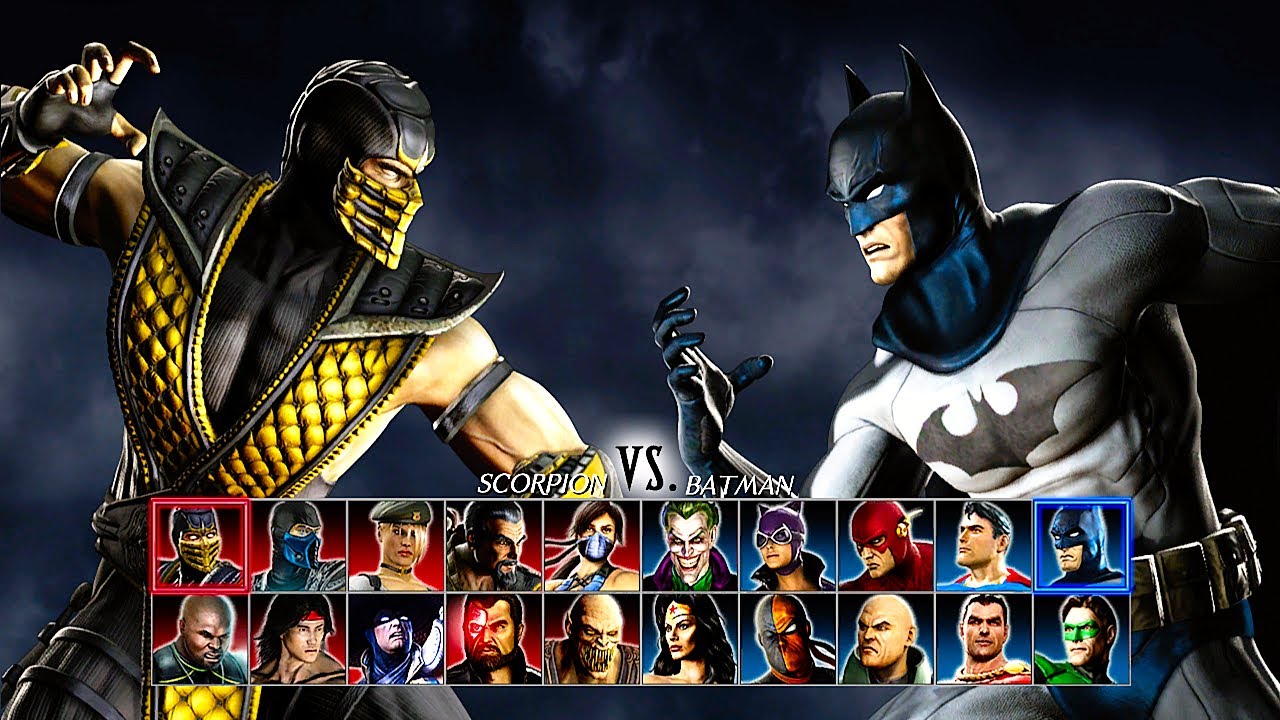
Mortal Kombat vs. DC Universe is a unique crossover game that takes place between the second and third main Mortal Kombat games. In this game, the universes of DC and Mortal Kombat collide, resulting in the fusion of Shao Kahn and Apokoliptian into the powerful Dark Kahn.
Due to the merging of the two worlds, the roster of characters had to be limited. However, the game still offers the exciting opportunity to see characters like Kitana and Wonder Woman face off in combat.
This game marked the final release from Midway, as the company went bankrupt and sold the Mortal Kombat series to Warner Bros. Interactive Entertainment. This left fans uncertain about the future of their beloved series for a period of time.
19. Mortal Kombat (2011)
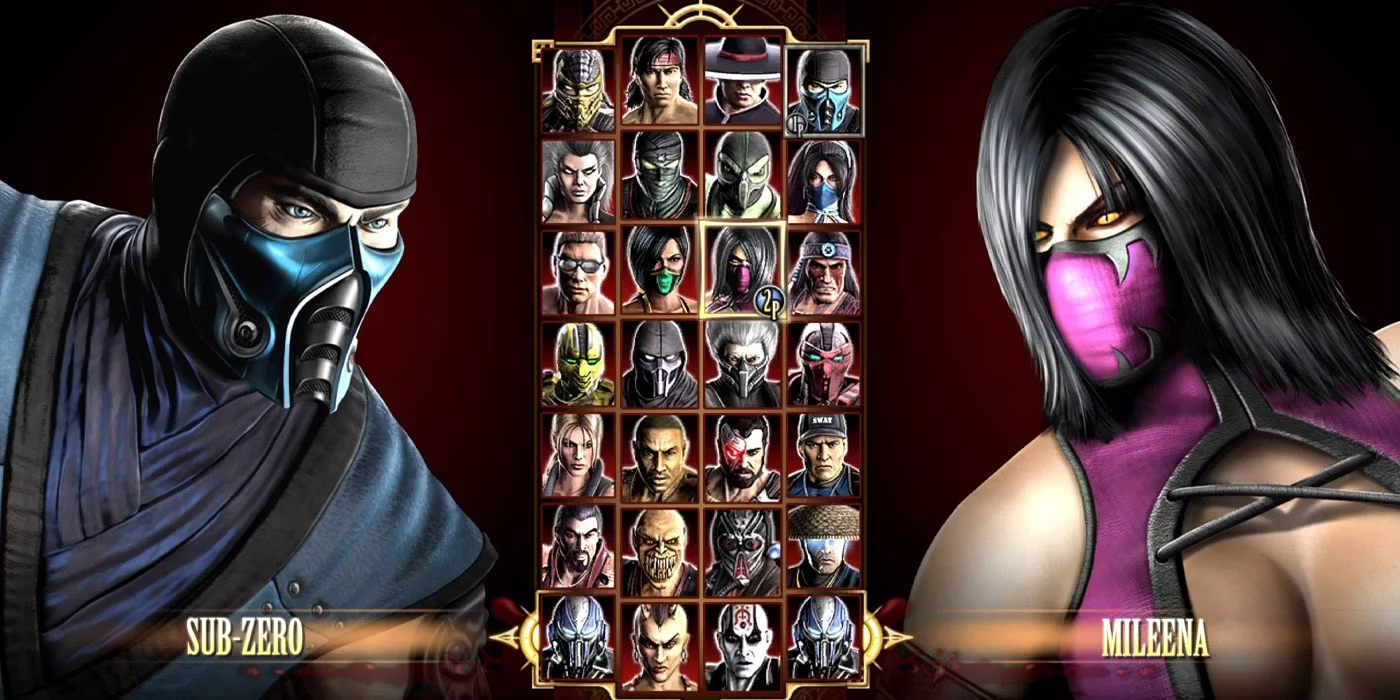
NetherRealm Studios, now under the ownership of Warner Bros., released their first game which serves as a reboot for the Mortal Kombat series instead of continuing from Armageddon.
This reboot involved significant alterations to the storyline and characters, with Sindel experiencing the most notable changes to her story arc and personality. The modifications implemented in the game generated mixed reactions among fans.
In the game Mortal Kombat 2011, a new feature called the X-ray move was introduced. This move allows players to witness the internal damage caused by powerful attacks against their opponents.
Regardless of one’s opinion on the story changes, this feature greatly enhanced the level of brutality in Mortal Kombat in a truly impressive manner.
20. Mortal Kombat: Arcade Kollection (2011)
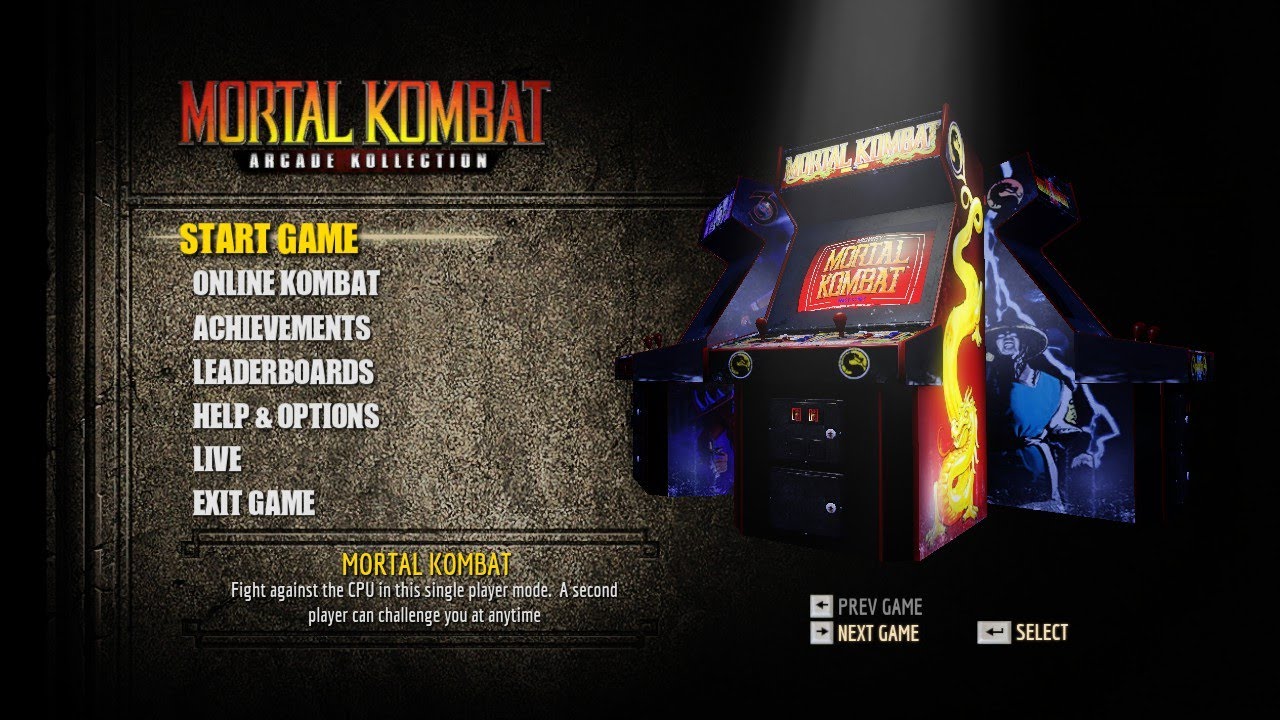
Mortal Kombat Kollection is a remastered version of the first three games in the popular video game series. While there have been some minor updates to the online features, achievements, and character unlock system, for the most part, the games have remained unchanged.
This decision was likely made to appeal to long-time fans who were disappointed with the reception of Mortal Kombat 2011. By bringing back the original trilogy, the developers were able to reignite the passion and nostalgia that these fans had for the series.
Additionally, releasing the Arcade Kollection on newer consoles and enabling online gameplay allows a new generation of fans, who may not have been around in the ’90s, to experience the thrilling gameplay that older fans have come to love.
21. Mortal Kombat: Komplete Edition (2012)

The Komplete Edition of Mortal Kombat, released in 2011, includes additional skins and introduces four new characters. Initially, it was made available for the PlayStation Vita in 2012 and later released for PC users in 2013. This version aimed to attract a wider audience and incorporated changes based on fan feedback.
In this particular version of the game, players had the opportunity to control characters like Kenshi, Skarlet, Rain, and even Freddy Krueger. This marked the start of the Mortal Kombat games’ popularity among fans who enjoyed playing as non-Mortal Kombat characters, which were obtainable through downloadable content (DLCs).
22. Mortal Kombat X (2015)
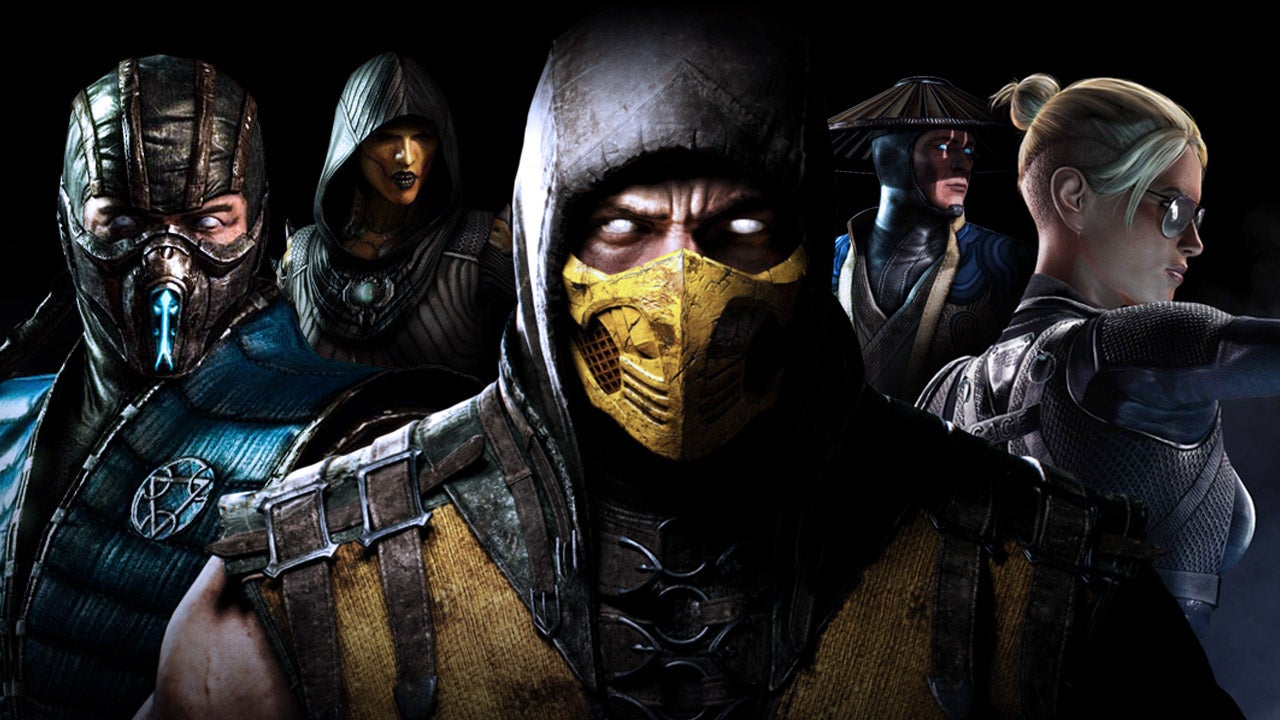
The events of Mortal Kombat X occur 25 years after the events of the previous game. In this installment, Raiden, a character previously portrayed as a hero, undergoes corruption and transforms into the somewhat villainous Dark Raiden.
This decision by NetherRealm Studios was met with controversy from fans, but it provided a new layer of complexity to a character that had previously been one-dimensional.
The game also introduced two new fatalities: Quitalities, which are triggered when a player rage-quits an online game, and Faction Kills, which vary depending on the player’s allegiance to one of the five factions.
23. Mortal Kombat Mobile (2015)
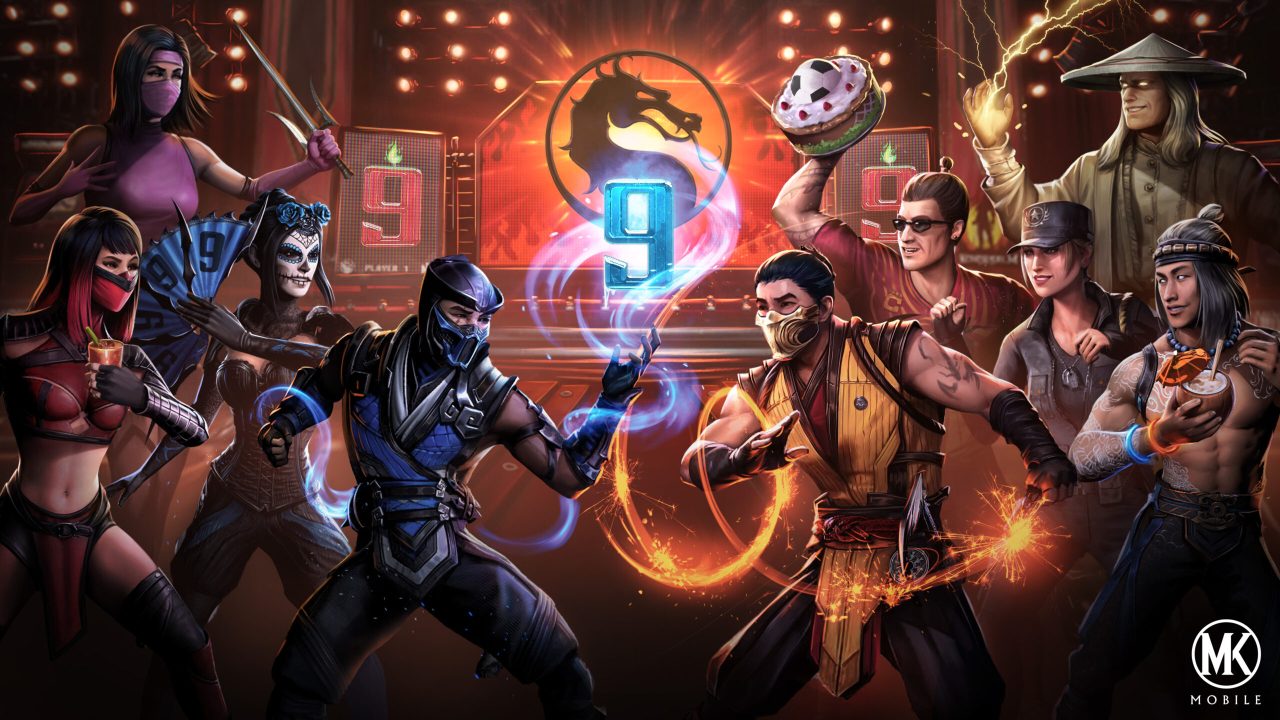
NetherRealm Studios took on a challenging project with Mortal Kombat Mobile. Their goal was to bring the popular Mortal Kombat X game to mobile devices while also incorporating a card-battler feature.
In addition to this complex task, players had the opportunity to unlock content and achievements in the PC and console versions of MKX by playing the mobile edition.
The response from fans was once again mixed. Some appreciated the fact that Mortal Kombat was now portable and could be connected to the console version, making it feel like a seamless experience.
However, others felt that it was simply a way to prolong the same game without much reward, especially if they weren’t interested in the card aspect of the mobile version.
24. Mortal Kombat XL (2016)
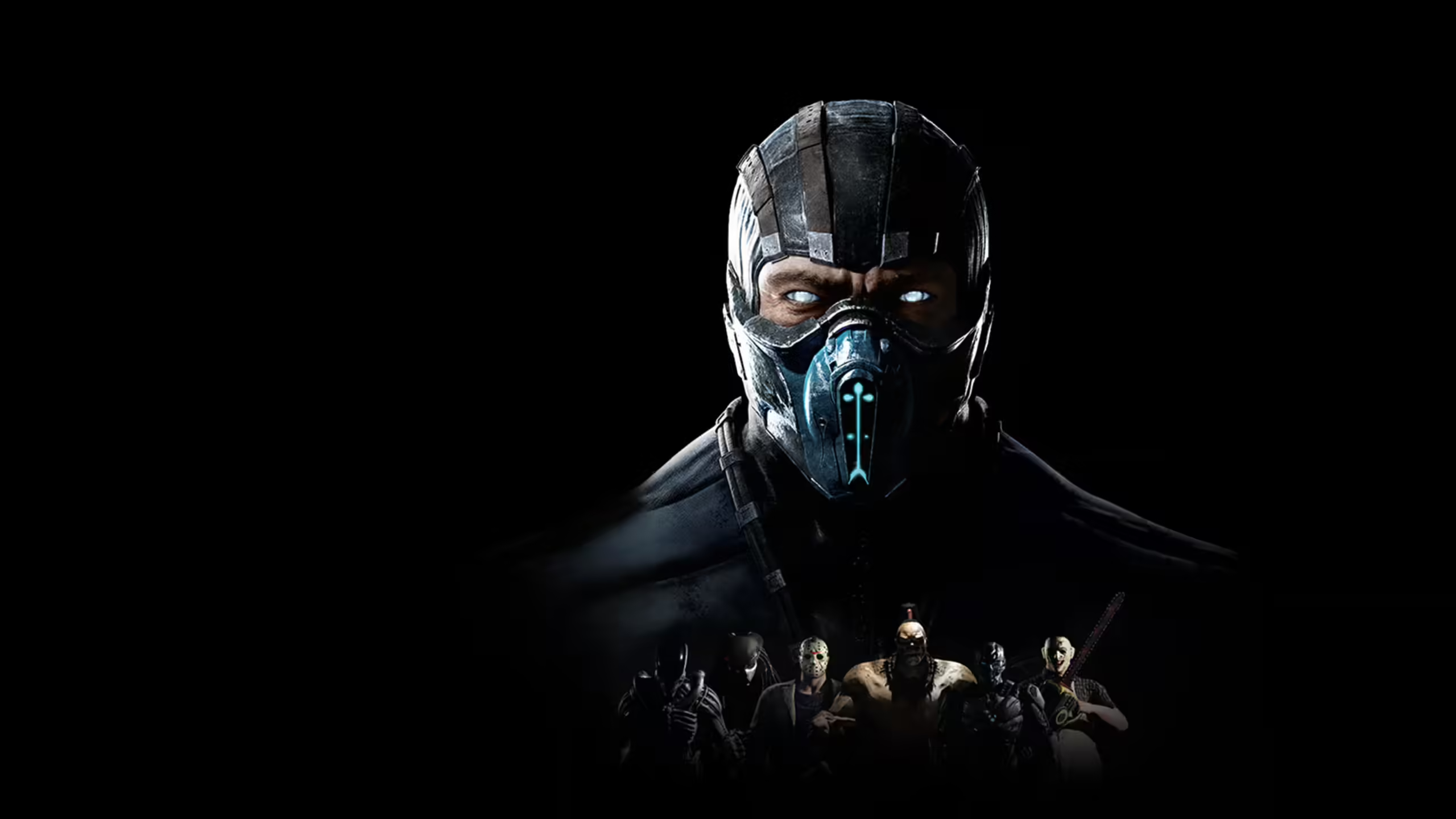
Mortal Kombat XL is a re-release of Mortal Kombat X that includes additional skins and several new characters that were not originally available. Unlike MK Mobile, this version offers fans more gameplay content within the arena, making it more appealing for players to invest money in.
Bo’Rai Cho, a character from the Mortal Kombat universe, is introduced in this game, along with Alien and Leatherface, expanding the roster of slasher flick characters from Mortal Kombat X.
25. Mortal Kombat 11 (2019)

The release of Mortal Kombat 11 has caused quite a stir among fans of the series, mainly because it completely deviates from the established storyline. This game introduces a character named Kronika, who is in charge of maintaining the flow of time.
However, she decides that the current timeline is chaotic and wishes to go back to the very start, a task she has attempted multiple times in her quest to create an ideal era.
In the Mortal Kombat game, there are three different endings that have the ability to completely transform well-known characters.
NetherRealm Studios took advantage of MK11 as an opportunity to revitalize the series and inject new vitality into characters that had become uninteresting.
26. Mortal Kombat 11: Aftermath (2020)
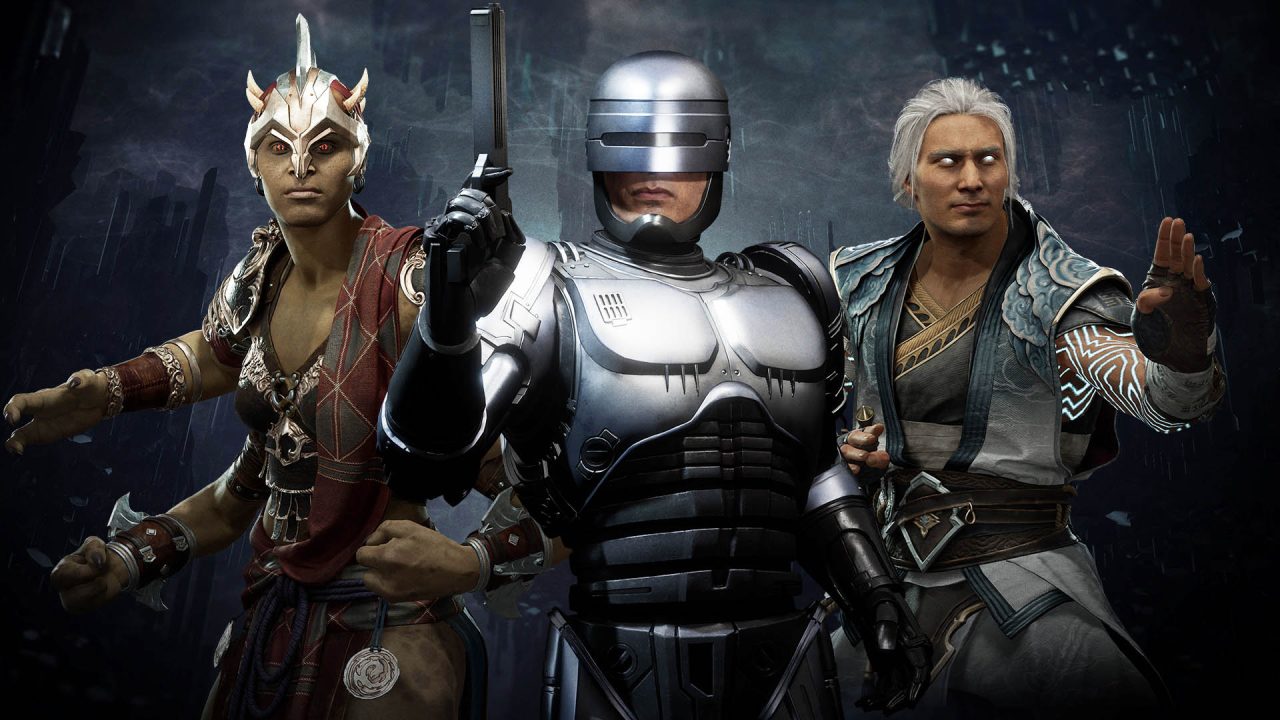
Following the mixed reception of Mortal Kombat 11, fans were left disappointed. However, NetherRealm Studios decided to release Aftermath as a DLC to address these concerns. Unlike typical DLCs, Aftermath offered more than just minor updates.
Players were treated to an entirely new storyline, additional skins, Fatalities and Friendship moves, and the introduction of new characters. The inclusion of RoboCop was particularly highly anticipated.
Aftermath quickly became the most well-received re-release in the Mortal Kombat series since NetherRealm Studios revamped the story in 2011.
27. Mortal Kombat 11: Ultimate (2020)

Mortal Kombat 11: Ultimate is a package that includes all the updates and DLCs from MK11, including Aftermath. It also introduces new characters like Mileena, Rain, and Rambo. Similar to how Mortal Kombat X and XL paid homage to classic ’80s horror films, MK11 add-ons feature ’80s anti-hero action film characters.
Focusing on the exclusive DLC characters resulted in Mortal Kombat games catering to a more specific audience. Nevertheless, the original fans who have been following the franchise since the 1990s greatly enjoyed and valued every cinematic reference incorporated into the games.
28. Mortal Kombat 1 (2023)
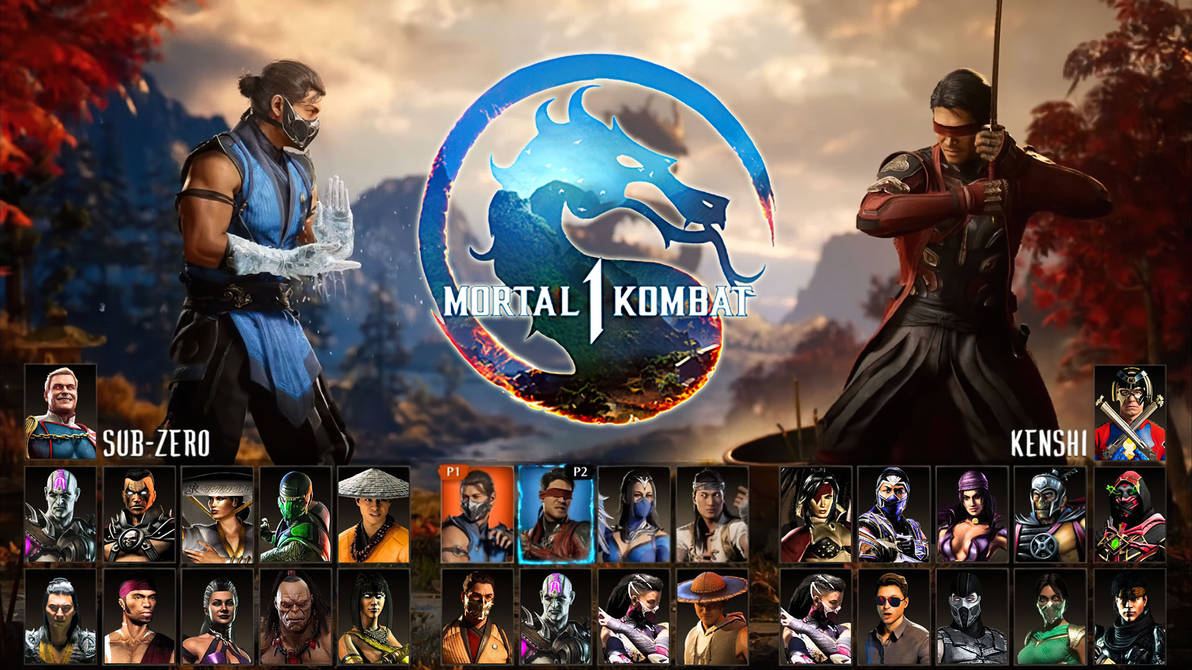
The first Mortal Kombat game brings a fresh start to the established storyline that spanned from 1992 to 2019. It acts as a reboot, following the time-altering and reality-changing events caused by Kronika in Mortal Kombat 11.
This reboot provides an opportunity for NetherRealm Studios to address and rectify any inaccuracies introduced in the 2011 retcon, as well as make certain aspects more appealing to upset fans.
The latest installment of the Mortal Kombat series brings back familiar characters and beloved fan favorites, while also ensuring that newcomers can easily grasp the game. Mortal Kombat 1 serves as evidence that the franchise has successfully maintained its freshness and captivation over the past 31 years.
29. Mortal Kombat: Onslaught (2023)
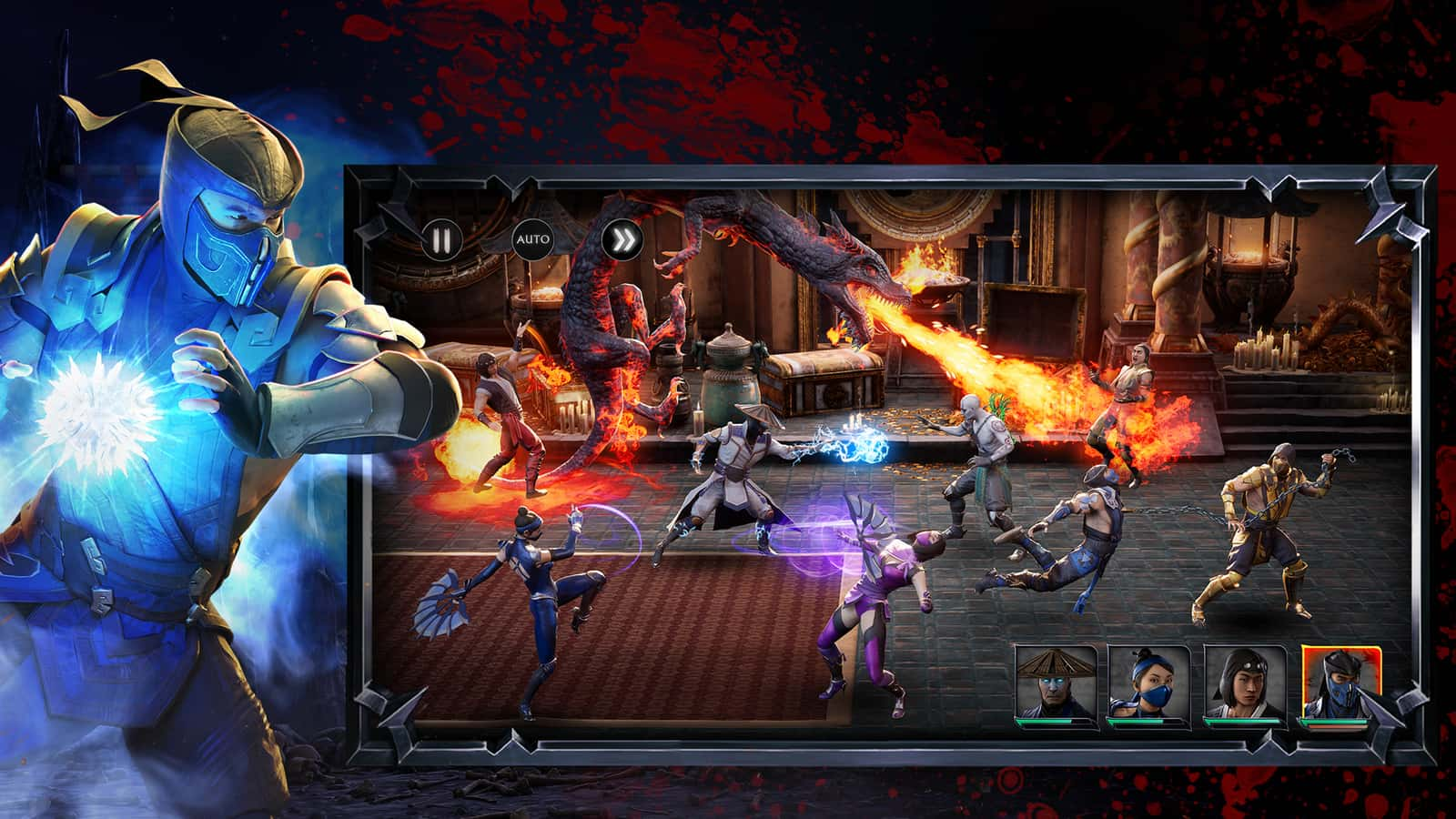
NetherRealm Studios, known for their successful mobile game Mortal Kombat X, ventures into the world of mobile gaming once again with Mortal Kombat: Onslaught.
This time, the studio brings a unique game experience, allowing players to engage in intense battles through the captivating story mode or challenging Konquests against fellow mobile gamers.
In Onslaught, players have the opportunity to gather various characters from the Mortal Kombat series and incorporate them into their team. They can enhance the characters’ abilities, level them up, and equip them with top-notch weapons and armor.
With the advancements in mobile phone technology, the game’s cutscenes that narrate the storyline are just as clear and captivating as those found in console games.












Leave a comment